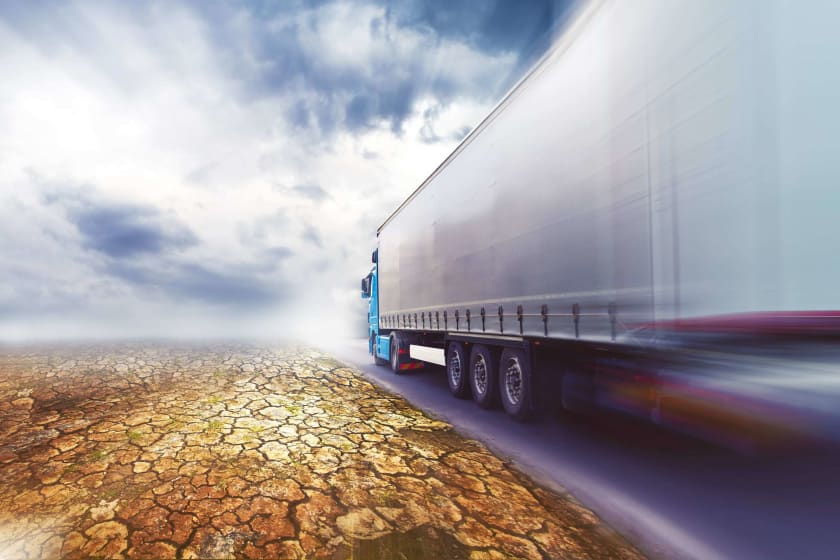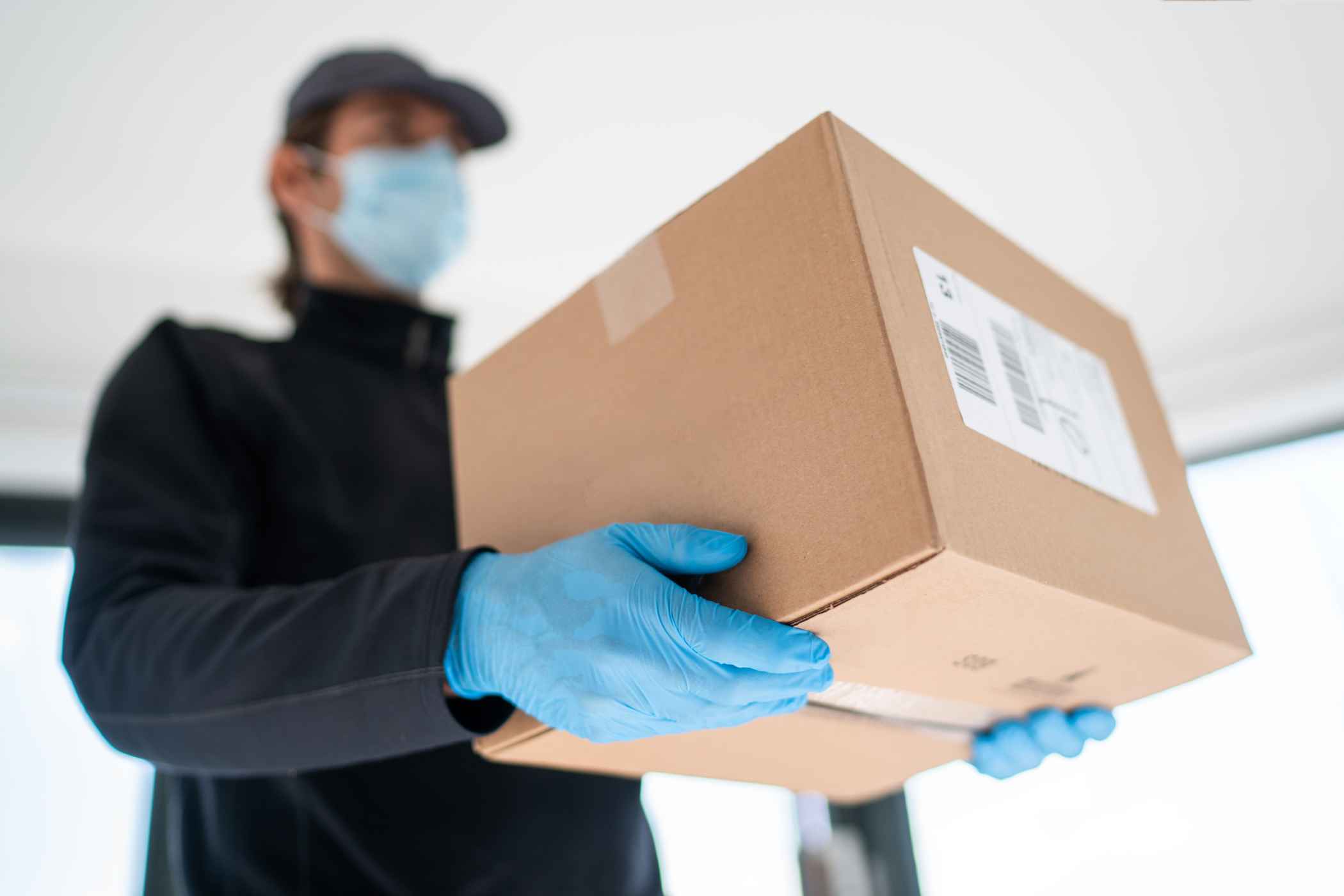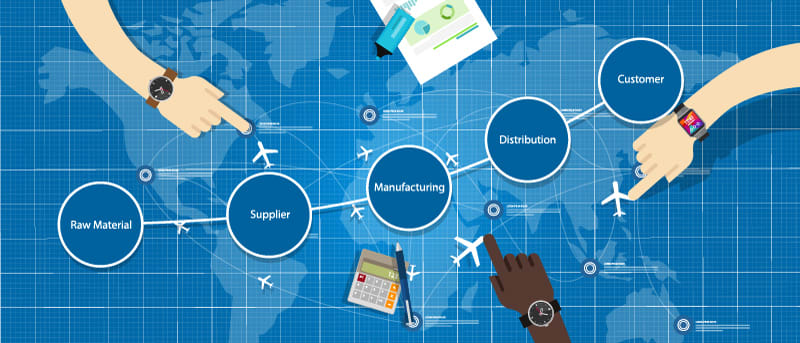What Is The Future Of Truckload Transportation?



The trucking industry is a big part of the world’s economy. It has been expanding and evolving to meet the logistics needs of various industries. The truckload transportation business used to increase their capability and make their workforce more efficient. However, with changing times, industries rely more on technologies to make themselves smarter and more independent.
Challenges faced by truckload transportation businesses
Some of the key factors that have driven the truckload transportation business to make changes in their working are as follows:
Capacity concerns
Numerous carriers have been facing issues during the pandemic, and many have laid off drivers due to the unavailability of funds and orders from the market. However, the markets are flourishing now, and the economy is coming back on track. This has raised concerns among shippers about their truckload capacity, which would be a problem when fulfilling clients’ demands. Studies have predicted that by 2024, there will be a 300,000 volume difference compared to the truck drivers available in the business.
Fuel
Global fuel prices have risen, and their impact can be felt in all several world economies. The transport businesses rely totally on fuel, and these prices are likely to become more volatile in the future. Therefore, these companies are looking for ways to switch to more sustainable fuels that can be an affordable alternative to petrol and diesel.
Lack of digitalization
Truckload companies have been facing problems with lost cargo and stolen goods. To minimize this loss, companies are moving toward digitalizing the entire supply chain. They do not have access to cargo tracking platforms that can help them prepare for unwanted situations. Therefore, companies are taking the initiative to implement these digital changes, which have been vital in tackling all the major challenges faced by the transport industry.
The future of truckload transportation
The evolution of various technologies has made the truckload transportation business smarter and more efficient. Let's look at some of these revolutionary changes that are all set to mold the future of truckload transportation.
Autonomous vehicles
Autonomous vehicles are no longer the vehicles of the future. They have stepped into the market, and many transportation companies have started using them in their operations. In their report, McKinsey has highlighted that the global revenue from autonomous vehicles is expected to reach 1.6 trillion dollars by 2030. This is more than the combined revenue generated by big names such as Toyota, Volkswagen, Ford, and General Motors in 2017.
Tesla and Alphabet’s Waymo have invested significantly in developing autonomous vehicles and feeding their AI systems with accumulated data. This real-time data have been collected from their other automatic vehicles. In the future, one can expect trucks to travel across borders without a driver.
Platooning technology
In platooning technology, as the name suggests, several automated trucks are connected digitally and physically to form a digital platoon. Naturally, platooning technology comes in handy when autonomous vehicles become prominent in a region. This technology can tackle the truck driver shortage. These networks of trucks can be operated remotely using supercomputers and can, thus, reduce the total number of the workforce involved in truckload transportation.
Daimler, a big name in vehicle manufacturing, has started testing the prototype of platooning technology on semi-autonomous trucks. This technology is currently functional on public highways in Nevada. This technology is expected to launch soon worldwide and will relieve several brands of transportation worries.
Increasing transparency and visibility
Several truckload transportation businesses are working to implement advanced supply chain visibility in their work. The aim is to create a tower view of all the interconnected processes in the logistics network. By strategically placing shipping services between the supplier and consignees, all the individuals involved in the logistics become a part of this ecosystem.

Many B2B service providers have created a multi-modal platform where all the stakeholders, from customs house agents and freight forwarders to consignees, are on board. This single connected platform ensures that every step of the supply chain is reported and is backed by dynamic estimation of arrivals of shipments at places like docks and storage facilities.
The platform allows everyone in the network to know where the shipment is; thus, the concerned party prepares beforehand to ensure smooth delivery. For instance, upon knowing that the shipment is almost near the destination, truckload companies can arrange for trucks in time and do not have to pay detention fees.
Digitalization
Like Uber's transportation system, trucks and cars are increasingly connecting to the Internet and mobile apps as a means of transportation. With mobile apps, shippers no longer have to rely on intermediaries to book trucks in their vicinity. All that is required for the parties involved to communicate directly is a technically driven, web-based, or mobile-based application tailored to their specific needs. Companies such as Uber Freight and Convoy have provided a transparent and user-friendly marketplace where drivers can notify their preferred load, working hours, and preferred routes and get orders accordingly.
When big eCommerce platforms like Amazon launch services like two-day delivery, it increases consumers' expectations. These expectations are some of the key challenges that are to be met by these digital marketplaces.
Safety of the system
Cloud networks allow data to be transferred rapidly and easily across the Internet. Due to the ease with which data may be transmitted over the Internet, warehouse and logistics management solutions are open to cyber-attacks. Therefore, logistics systems and network managers need to maintain systems that are strong, secure, and ready to confront any cyber-attack.
Having a secure system is crucial for avoiding these risks. Cyber-threat awareness, continuous system monitoring, and fast remediation are all critical for solution providers. In the coming decade, companies expect a dramatic increase in intelligent robots and other material-handling technology use. More technically competent workers will be needed to operate the more widespread introduction of advanced technologically backed equipment in the workplace.
Transport management system
An efficient transport management system is essential for procuring the correct freight rates and tracking the shipment throughout the process. Furthermore, it ensures that one has complete access to all the information about their shipments. This system also helps in onboarding Less Than Truckload (LTL) and Full Truckload (FTL) vendors, digital cataloging of all the documentation of freight activities, and digitalizing the driver procurement processes.
Nowadays, trucks are fitted with advanced GPS tracking systems backed by telematics. This allows companies to be updated about the exact real-time location of their shipments, and truckload companies utilize networks such as these to track their drivers on the way.
Final words
All the technologies mentioned above will bring a bright and successful future for truckload transportation. They have helped companies cut down their transportation time and made access to the right logistics safer and quicker. Not every brand knows much about truckload transportation and how to utilize services such as these to their benefit. However, every brand can connect with B2B service providers such as Fashinza for their transportation needs.

Fashinza helps clothing brands to manufacture their collections by connecting them with suppliers. We overlook the entire production process from design to delivery. Our partner brands only need to place the order. Our chief offering is a platform using which brands can place an order, track it, receive daily production updates, communicate with manufacturers, and make payments.



















